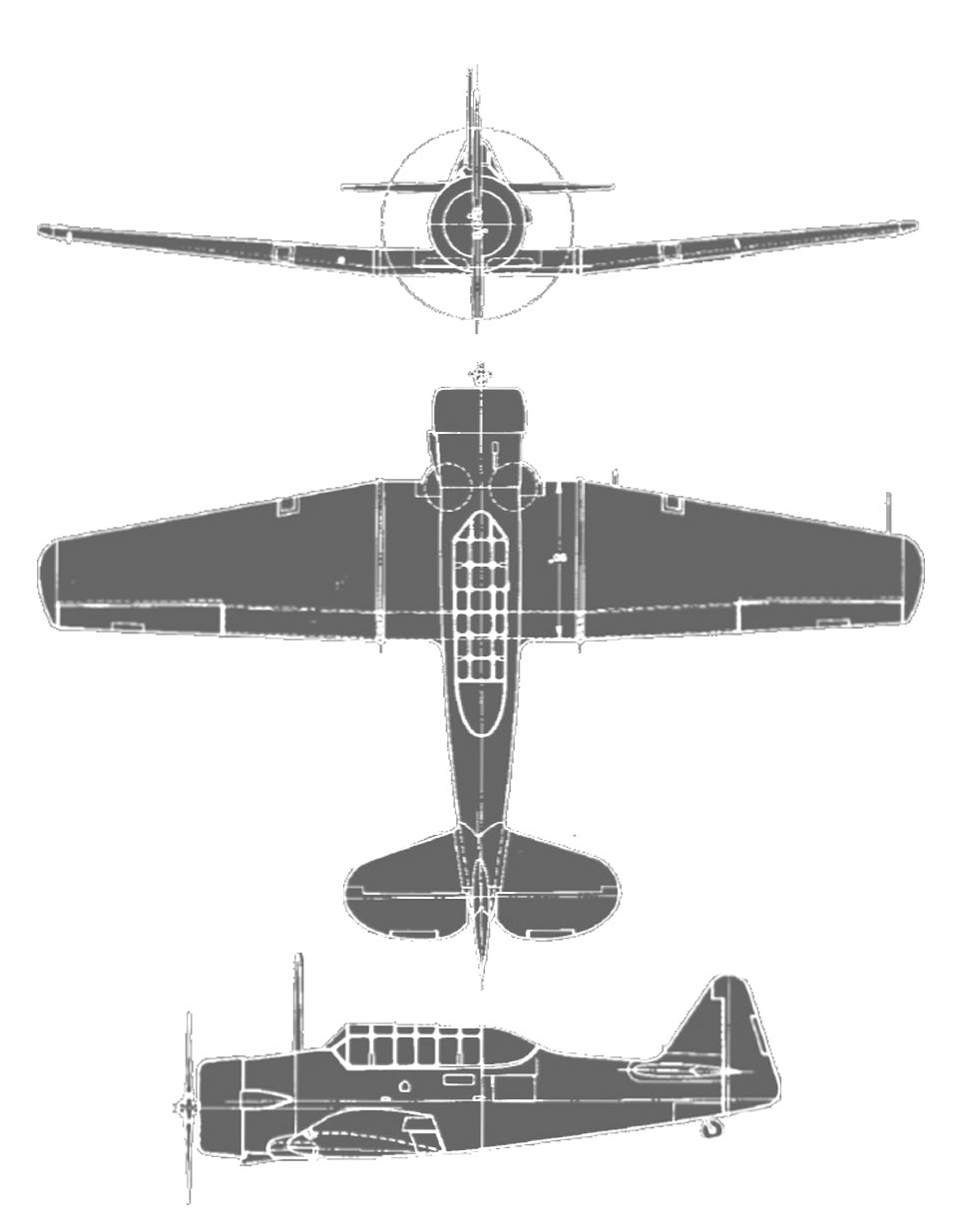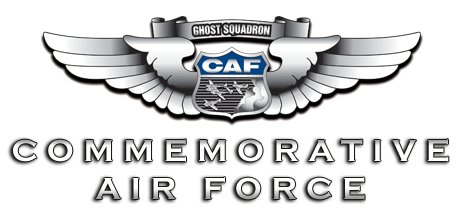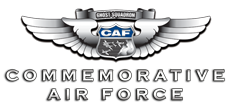SNJ-4 Highland Lakes Squadron

Description:
Base:
Burnet, TX
Website:

| SNJ-4 Specs | |
|---|---|
| Role | Trainer |
| Manufacturer | North American Aviation |
| Introduced | 1935 |
| Power | 1 × Pratt & Whitney R-1340-AN-1 Wasp radial engine, 600 hp |
| Length | 29 ft |
| Height | 11 ft 8 in |
| Wingspan | 42 ft |
| Range | 730 miles |
The T-6 based in our hangar is the Navy version known as the SNJ-4. The aircraft is owned by the CAF. It came off the assembly line in 1943. Its operational history is currently being investigated.
The AT-6 advanced trainer was one of the most widely used aircraft in history. Evolving from the BC-1 basic combat trainer ordered in 1937, 19,757 Texans were built between 1938 and 1945. The AAF procured 10,057 AT-6s; others went to the Navy as SNJs and to more than 30 Allied nations. Production continued in Canada until 1954. Japan acquired a license to build the BC-1 in 1939. The Japanese Navy procured 176 for use as intermediate trainers designated Kyushu K10W1. The Allied code name was "Oak".
Most AAF fighter pilots trained in AT-6s prior to graduation from flying school. Many of the Spitfire and Hurricane pilots in the Battle of Britain trained in Canada in "Harvards," the British version of the AT-6. To comply with pre-war neutrality laws, U.S. built Harvards were flown north to the border and were pushed across.
During WW-II American T-6's served mostly as trainers, but foreign versions did see combat. An Australian derivative called the "Wirraway" was credited with downing a Japanese Zero.
In 1948, Texans still in USAF service were redesignated as T-6s when the AT, BT and PT aircraft designations were abandoned.
To meet an urgent need for close air support of ground forces in the Korean War, the LT-6G was developed specifically for forward air control. It could be fitted with up to twelve underwing target-marking rockets. Originally, T-6s equipped a US Tactical Control Squadron, which operated with the call-sign "Mosquito". The "Mosquito" nickname became associated with both the TCS and with the T-6 aircraft.
The ROK Air Force possessed T-6s at the start of the Korean War, and they quickly went into action dropping hand grenades and locally-produced bombs on advancing North Korean troops. These bombs lasted only a few days, and US aircraft began flying combat missions. The ROK Air Force acquired additional T-6s during the war and used them extensively for training new pilots.
The North American Aviation T-6 Texan is an American single-engined advanced trainer aircraft used to train pilots of the United States Army Air Forces (USAAF), United States Navy, Royal Air Force, and other air forces of the British Commonwealth during World War II and into the 1970s. Designed by North American Aviation, the T-6 is known by a variety of designations depending on the model and operating air force. The United States Army Air Corps (USAAC) and USAAF designated it as the AT-6, the United States Navy the SNJ, and British Commonwealth air forces the Harvard, the name by which it is best known outside the US. Starting in 1948, the new United States Air Force (USAF) designated it the T-6, with the USN following in 1962. It remains a popular warbird aircraft used for airshow demonstrations and static displays. It has also been used many times to simulate various Japanese aircraft, including the Mitsubishi A6M Zero in movies depicting World War II in the Pacific. A total of 15,495 T-6s of all variants were built. -- Wikipedia

